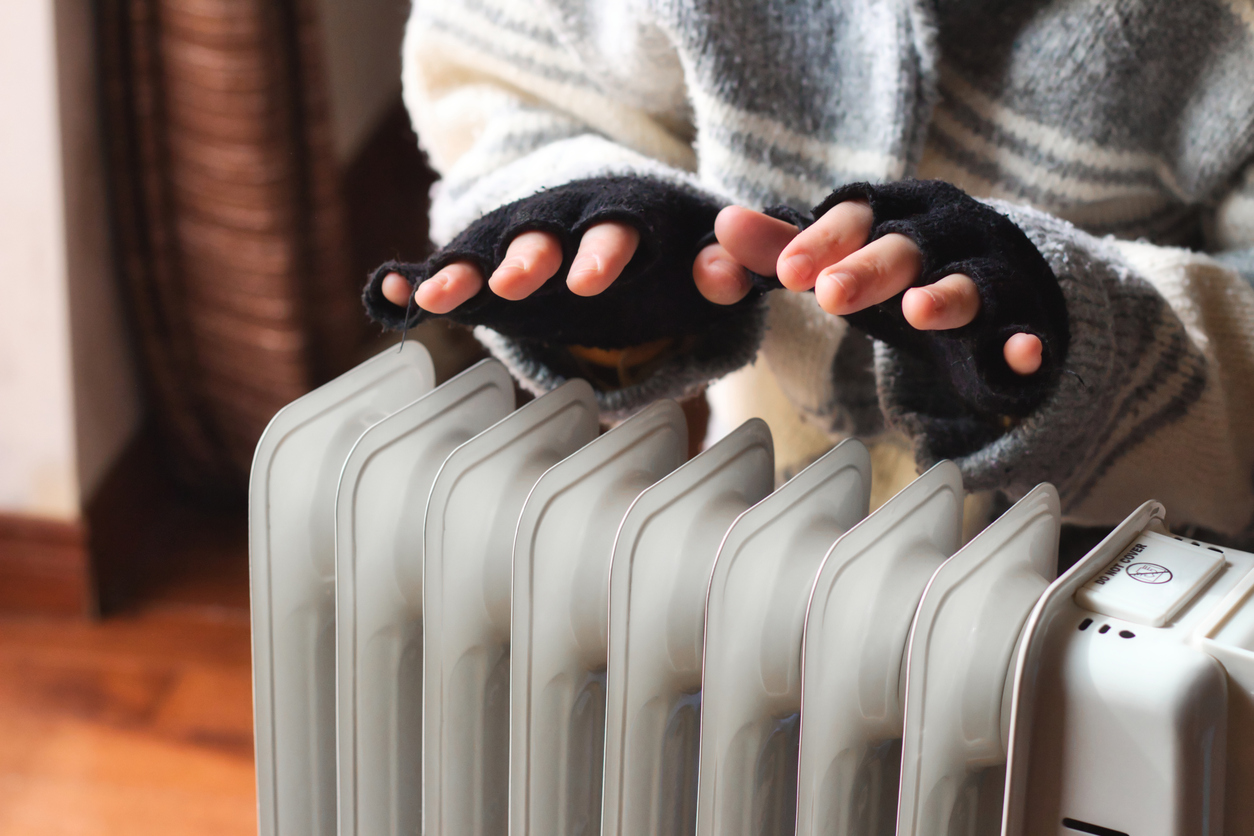As the air turns crisp and days become shorter, many of us are drawn to the warmth of furnaces, crackle of a fireplace and familiar smell of home-baked treats. Along with the comforts of fall, there are two things most of us don’t think about but should: carbon monoxide and natural gas. With cooler weather comes the potential harm from indoor heat sources. Now is a good time to brush up on the gases to keep you and your loved ones safe.

Oxygen and Breathing Basics
When you take a breath, you’re breathing in oxygen (O2), which makes up about 21% of the air around us. This oxygen goes to your lungs, where your red blood cells carry it to your brain, heart and other organs that need it to function.
What Is Natural Gas?
Natural gas is a common fuel used in homes for appliances like ovens, furnaces, water heaters and dryers. It consists mainly of methane, with small amounts of other gases like ethane and propane.
Why is natural gas dangerous? Natural gas is highly flammable, which makes it great for heating but risky if it leaks from your appliances. Many gas leaks happen when a stove is accidentally left on without a flame. When natural gas leaks into your home, it can take up the space that oxygen normally fills. This means there is less oxygen in the air, making it harder for your body to get the oxygen it needs to function. Fortunately, natural gas has a strong odor—similar to rotten eggs—thanks to a special chemical added to help detect leaks quickly. This agent, called mercaptan, creates an early warning system that prevents large amounts of natural gas to accumulate in the home. Because of mercaptan, usually no harm occurs.
What About Carbon Monoxide?
Carbon monoxide (CO) is also a gas, but it’s produced when carbon-based materials like natural gas, wood, paper or gasoline are burned. CO poisoning in the home can occur if your furnace or gas appliances aren’t working properly, or if a car is left running in a closed attached garage.
Why is it dangerous? Carbon monoxide binds to your red blood cells, preventing them from carrying oxygen to your organs. Since it’s both colorless and odorless, you won’t be able to see or smell it. That’s why every home should have a working carbon monoxide detector to keep your family safe.
Similar Symptoms, Different Gases
Both natural gas and carbon monoxide can reduce the oxygen your body gets, leading to symptoms such as drowsiness, headaches, nausea, dizziness and shortness of breath. In more serious cases, exposure could cause confusion, vomiting or even fainting. In the worst scenarios, both gases can be life-threatening.
Which Gas Is Worse?
While both gases are dangerous, carbon monoxide is much more harmful.
- Natural gas is a concern because it takes up space in the air where oxygen should be, which leads to less oxygen in the air. Very large amounts of it must be present to cause serious harm. It is not, however, directly poisonous to the body.
- Carbon monoxide prevents your body from using oxygen by attaching to your red blood cells, making it dangerous even in small amounts.
How to Stay Safe
For Natural Gas Exposures at Home:
- If you smell gas from your stove, turn off the burners immediately.
- If you detect a strong gas smell, leave the area and warn others to do the same. Avoid anything that might create a spark, like turning on lights or starting a car.
- If you can’t locate the source of the gas leak, leave your home immediately and call 911 or your gas company from a safe distance.
For Carbon Monoxide Exposures:
- Install battery-operated carbon monoxide detectors in your home near sleeping areas.
- Have your furnace, water heater and other gas-burning appliances checked by a technician every year.
- Never use portable flameless chemical heaters indoors.
- Have your chimney cleaned and inspected annually and keep the fireplace damper open while using it.
- Never use your oven to heat your home.
- Don’t run a generator inside your home, basement or garage, or within 20 feet of windows or doors.
- Never leave a car running in an attached garage, even with the garage door open.
In Summary:
- Natural gas is flammable and has a strong smell, while carbon monoxide is odorless and is produced by burning.
- Both gases can be dangerous, but carbon monoxide is more harmful because it can make you very sick even in small amounts.
If you have any questions or concerns about gas exposure, the experts at the Illinois Poison Center (IPC) are available 24/7/365. You can reach them on our free, confidential helpline, 1-800-222-1222.
Click here for more information about carbon monoxide. Click here for a free Safety Packet that contains a sticker, magnet and first aid tips for a poisoning.

